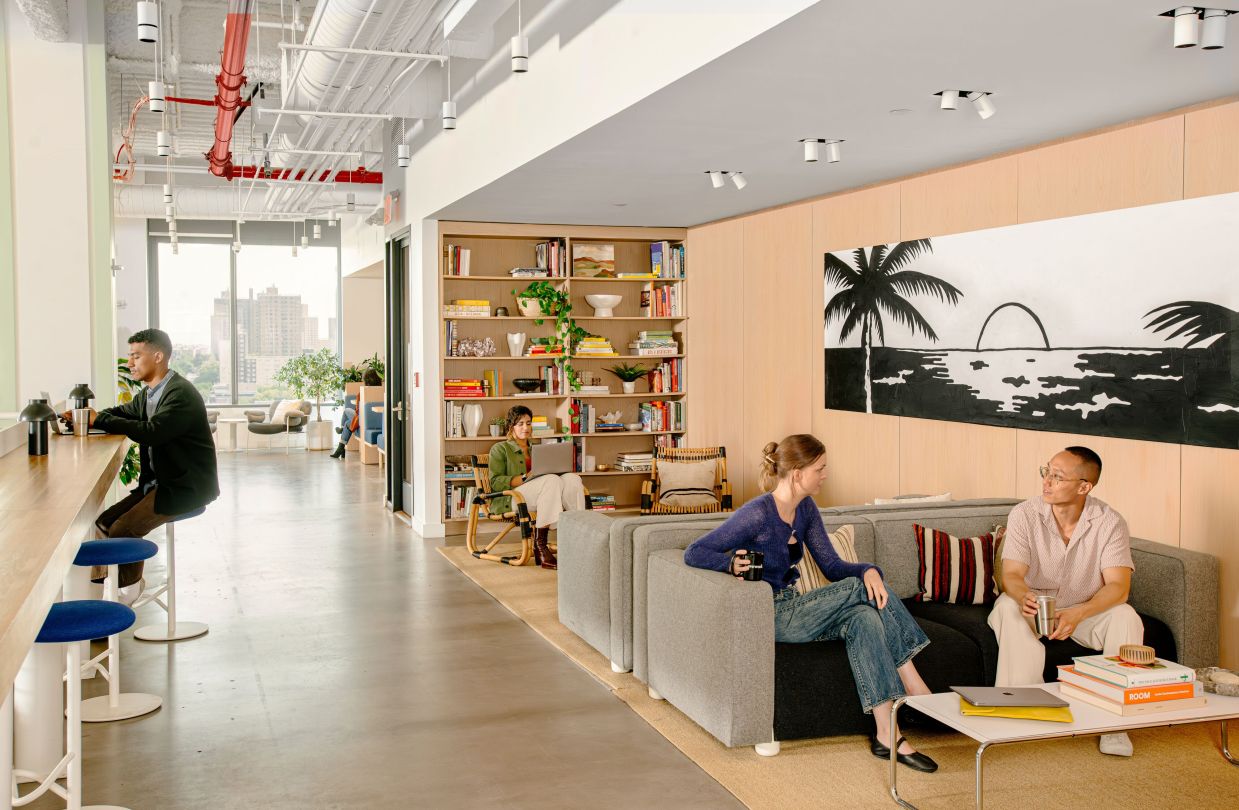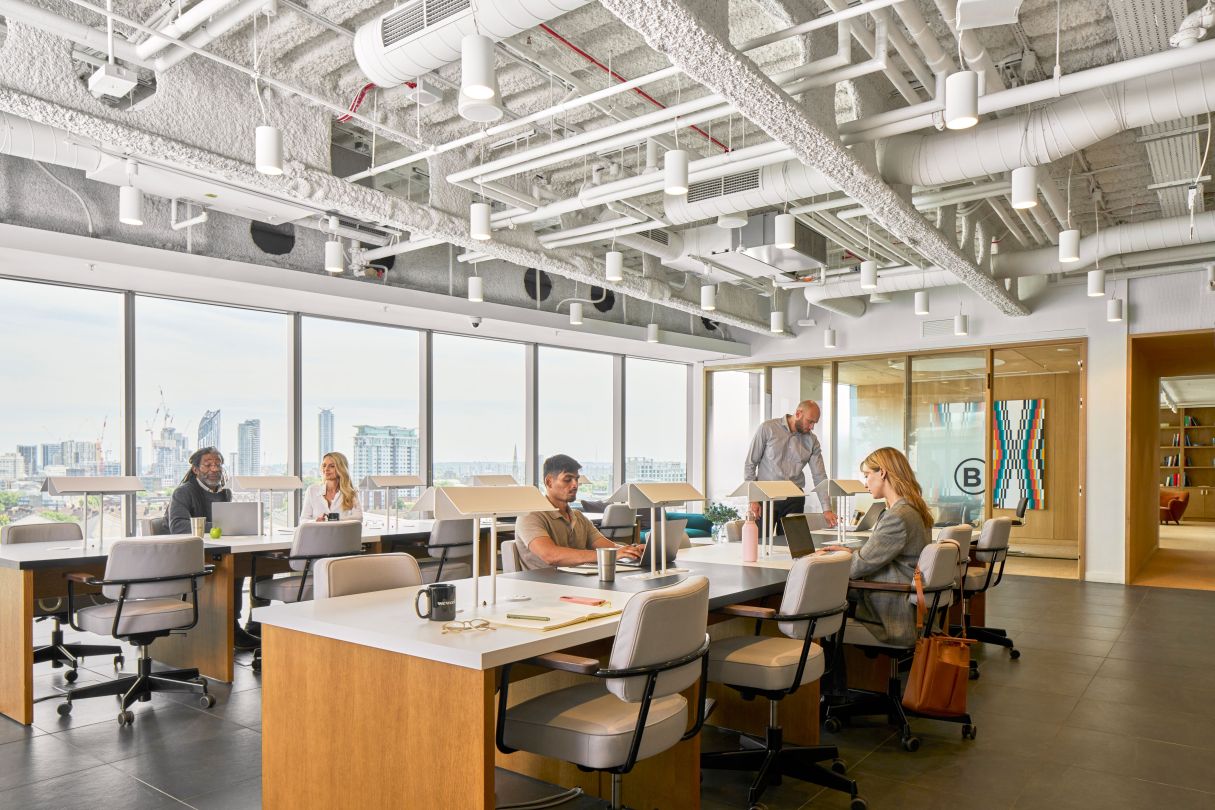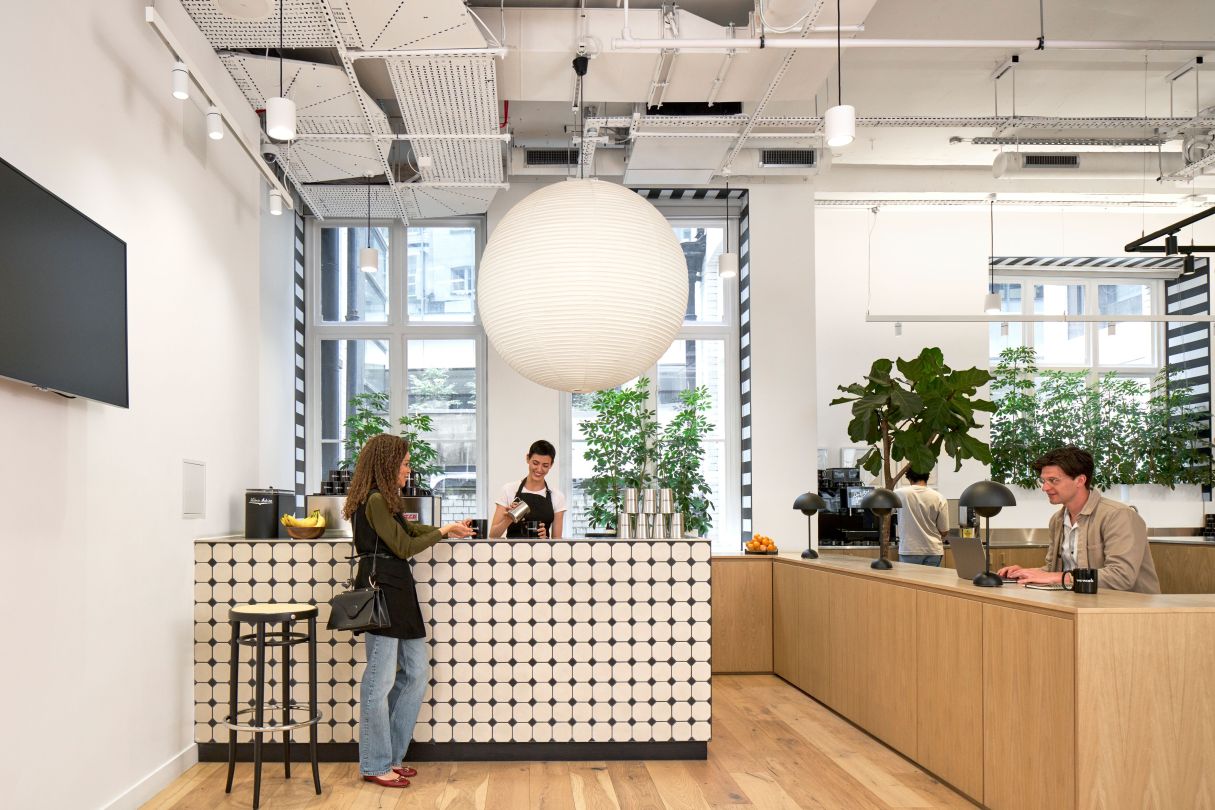Yes, you read that right. What’s your hybrid workwear style—which one of many? If you’re old enough to remember 90s and 2000s sitcoms—or to have worked an office job during those times—you surely know that power suits, ties, well-ironed shirts, and pencil skirts were the wardrobe staples for the office. Honestly, the entire history of office work abounds with rigid, formal attires that some liked while others struggled with all the way to retirement. Of course, there might have been room for other fashion sensibilities, but it often came with unfortunate labels, such as being frivolous, unambitious, or even vulgar. Luckily, we’re way over that now, and we have the hybrid work model to thank for. But what are hybrid work clothes, and how do you know which one is for you? Let’s find out!

What is workwear?
In short, workwear is two things: the selection of clothes you wear at work and the style that makes those clothes recognizable as “work gear.” Today, what you will see under the label of workwear is still professional, yet more comfortable. Think casual jackets or suits that give your outfit a sense of structure without making you feel like you’re wearing a corset. Similarly, shirts are still popular but more varied—they could be different colors and materials, with cotton and various kinds of soft, elastic polyesters dominating the scene. Shoes are probably the most polarizing part of workwear: sneakers, boots, and other versatile footwear are slowly replacing traditional suede shoes or moderate to high heels. The key takeaway is to stay professional, but with a modern, leisurely twist—something we mostly learned from Gen Z workwear.
Is there a dress code for hybrid work?
Yes and no. In many ways, post-pandemic dressing finally made its way out of our kitchens, bedrooms, and makeshift home offices. We might not go to work wearing fancy jackets paired with the pajama pants the camera doesn’t catch during the Zoom call. However, we might go for a pair of jeans or some bamboo trousers instead of the more formal shapes and materials like tweed or wool. Remember the sneakers we mentioned earlier? Yeah, might as well choose them to go with the fit. Most companies won’t require you to dress in a suit during the office days in your hybrid schedule—quite the opposite. If you walk into a random office right now, chances are you’ll see people wearing relatively leisurely clothing, each with a style that works for them in terms of body shape, age, color preferences, and so on. Just like hybrid work itself, fashion means something different for everyone. Thus, the best name for the dress code would probably be something easy to interpret in various ways, such as casual chic.
Workwear trends in 2025
- Experiment with colors and patterns
Like the good old button-up shirt? Great! All you have to do is pick a color or, if you’re brave enough, a pattern (such as stripes). This year is all about leaving neutrals behind and experimenting with a bolder color palette.

- Choose breathable materials
The fashion trends finally accepted that comfort is key, so you may find it easier to build a wardrobe of breathable materials. These include cotton, linen, bamboo textile, but also nylon, rayon, and certain kinds of polyester. Don’t be afraid to mix and match—who knows, you might find a new favorite material to look for in the future.
- Classy, but paired with durability
While some follow the trends with determination, others prefer to just stick with what is timeless. After all, you have everything to gain from timeless fashion, including durability. Whether your direction is quiet luxury or tailored clothing, look for those materials that will stay with you longer. Linen, bamboo, and cotton are great options, and if you’re willing to make a heftier investment, a cashmere overcoat will take you a long way.
- Fancy, but with a modern, preppy twist
Can you turn something classic into something modern? Of course! Simple, elegant cuts are always in style, but if you add a plaid pattern with a bold pop of color, it’s even better! Oxford shoes are a big plus here, too, as are jackets and ties.

Now that you know the terms and the trends, let’s see: which workwear style fits you the best? If you’re not sure yet, you can always try different outfits and see how you feel. Not to mention that next time you go into the office, you will impress everybody with your fashion prowess. Good luck!







